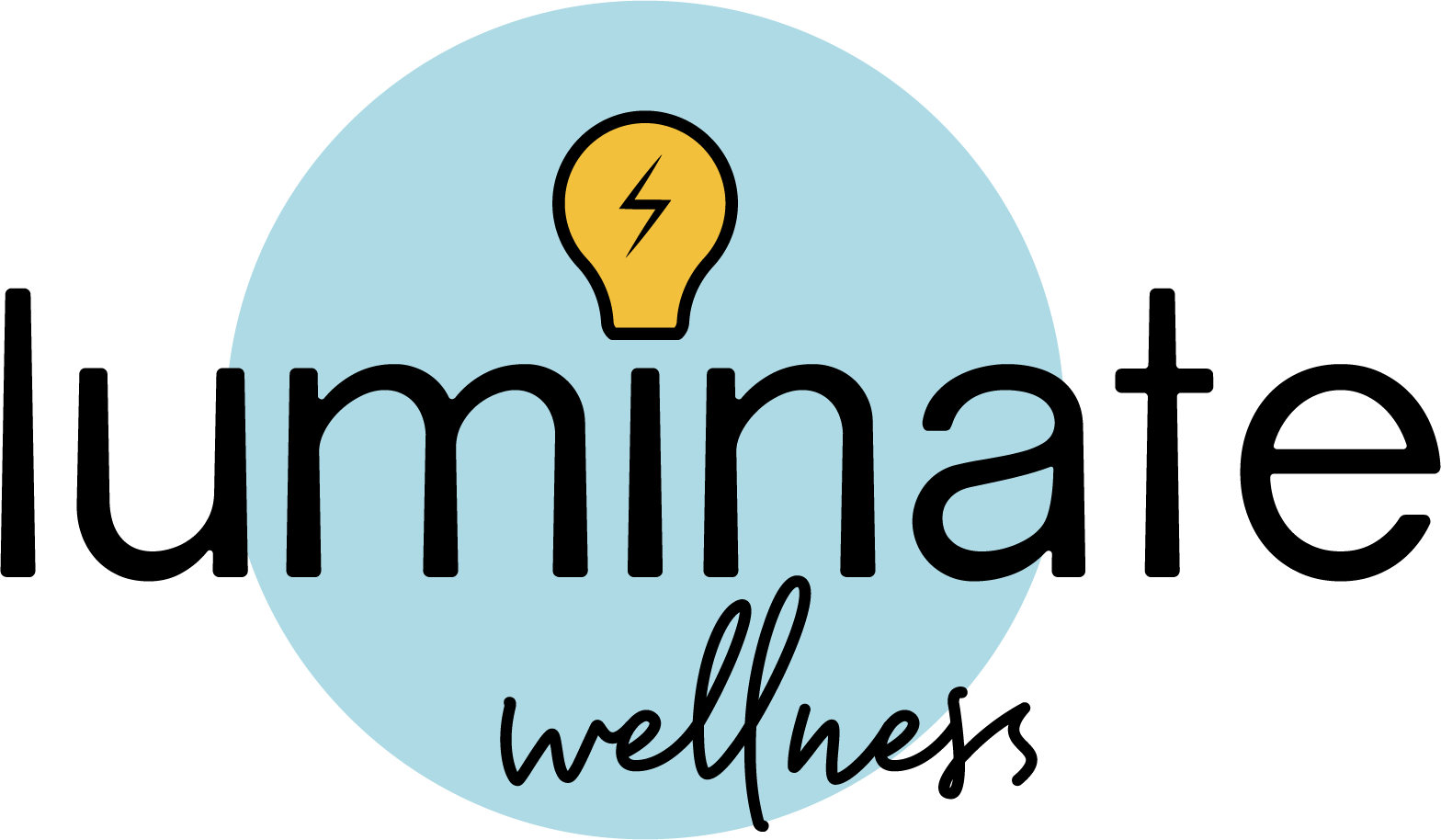how to rewire your brain to make the positive stick
Imagine that these things happened today....
You got a nice email from a client/customer.
The barista at your favourite coffee shop upgraded your coffee to a large for FREE!
You had a great chat with a coworker at lunch.
Your boss tells you that you screwed up on a project and let's you know how you need to fix it...all in front of a colleague.
The new cozy sweater you ordered last week showed up in the mail.
You got the best cuddle from your kid, who almost never snuggles anymore.
Well, I sure know what I would go to bed thinking about...
We human beings all seem to focus and ruminate on the negative. I believe strongly in gratitude, the strength's approach, and positive psychology, so the very fact that my mind ruminates on the negative is something that keeps me up at night.
Dr. Rick Hanson (the psychologist, not the athlete famous for his Man in Motion tour), teaches extensively about the negativity bias.
Dr. Hanson says that the brain's default settings are "velcro for the negative and Teflon for the positive."
so what is the negativity bias?
The simple explanation is that the negativity bias is hardwired into our brain (the reptilian brain) for self-protection.
In cave man days, the effects of something negative happening, like being attacked by a wild animal, had WAY BIGGER repercussions than something positive happening, such as finding a bush full of berries in the woods.
One would leave the person dead, the other would be a moment of pleasure and sustenance.
Today we don't find ourselves in the same kind of life and death danger as often as people did back then. However, our brains are still wired to self-protect in all circumstances. Which means the brain unconsciously pays keen attention to the things that hurt us, so that we can avoid them happening again. The experiences stick in our memory like velcro, so that we can learn from it.
Our inner critic is also rooted in the need for self-protection. We often find out inner critic saying things like, "Gosh, I am so stupid. I knew I wasn't up for that challenge. I should have listened to my fear...Volunteering to lead that project was not wise. I need to remember to never do it again, if I don't want to be fired."
The kicker to all of this is that when we are in a situation where we feel like we are in "danger" whether physical or emotional, it triggers a stress response–fight, flight, freeze. So we are pumping out stress hormones like adrenalin and cortisol. Small doses of these hormones is not a big deal, but when they are constantly present in our bodies it can cause some major health issues.
For me, understanding that hardwired need for self-protection makes me feel better about the negativity bias, and working with my inner critic. I also feel like understanding why my brain is doing this, supports me to learn tools to challenge it–and WIN.
Forgive this cheesy video...I thought it was had a simple, explanation of the reptilian brain–the oldest part of our brain.
what can you do to counteract the negativity bias?
We want to flip the script and make the positive moments stick like Velcro, and the negative bits fall away like scrambled eggs on a new teflon pan.
Thankfully we don't have to be a slave to the reptilian brain. Through neuroplasticity (the ability to rewire the brain) we have the power!
It's important to know that the brain doesn't hold onto positive experiences in the same way as the negative. So practicing mindfulness (the act of paying attention) is a fantastic way to help the positive take root in our consciousness.
Dr. Hanson teaches that one of the best ways to make the positive experiences take hold and move from short-term to long-term memory, is to hold the experience in our awareness for several seconds.
So simply put, shifting out of autopilot into a place of mindful living, where we pay attention and breathe in good experiences deeply, will help us to experience freedom from the negativity bias.
here are some simple tips to rewire your brain:
Choose to have a positive experience.
Because we really can choose!
Pay attention
When having that positive experience, or when something good happens, whether it's a moment with a friend, a good meal or a warm feeling. Hold the feeling in your awareness for 20 seconds, or more if you can go longer. Feel the moment with all of your senses.
Do this before you feel tempted to document with a photo, because the act of taking a photo actually keeps us from fully being present in the moment. Take the 20 seconds to be in the moment and then snap a pic.
Revel in the feeling.
Practice this several times a day.
Use a Scent to Anchor the Feeling.
The olfactory system is directly connected to the limbic system, where emotions and memories are stored. So using scent (like an essential oil) to support positivity is effective!
Practice Gratitude Every Day.
This practice has been researched and studied, and the truth is that it really works! However, we can slip into a more surface practice of gratitude..."I'm thankful for my home, for my family..." You know, the things that come up around the thanksgiving table.
So for this purpose get really specific.
I'm grateful for the smell of movie theatre popcorn.
I'm grateful for my children's roaring belly laughter.
I'm grateful for my soft, fluffy pair of new socks.
Remember that all change comes with small steps.
Consistancy over time changes everything. A building is built brick by brick. A fit body comes from exercising day after day (sadly one trip to the gym doesn't get us into shape). The practice of mindful living brings us a deeper sense of well-being one conscious choice at a time.

